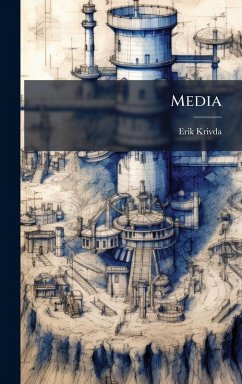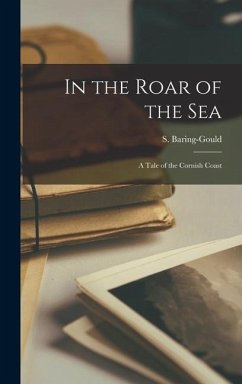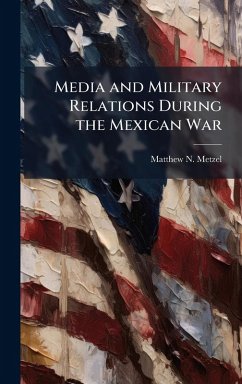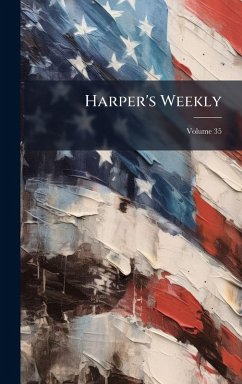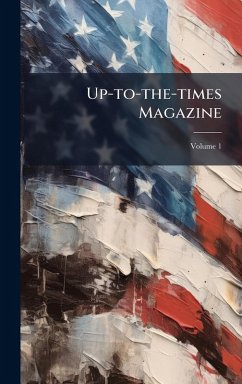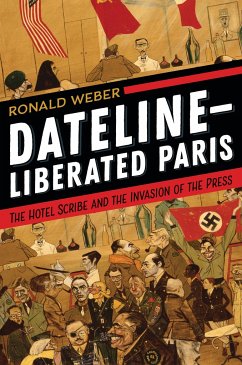
One Helluva Roar
Versandkostenfrei!
Versandfertig in über 4 Wochen
30,99 €
inkl. MwSt.
Weitere Ausgaben:

PAYBACK Punkte
15 °P sammeln!
This study explores how the United States Air Force negotiates the problem of publicly communicating on behalf of its own interests while subordinating its communication to national objectives during military operations. The author proposes a theory of military public communication that links the act of persuasion to a military service's core function, the application or threat of coercive force. The theory predicts that, as the level of coercive airpower exerted or implied in a conflict increases, the character of Air Force communication becomes more domestically focused, more reliant on need...
This study explores how the United States Air Force negotiates the problem of publicly communicating on behalf of its own interests while subordinating its communication to national objectives during military operations. The author proposes a theory of military public communication that links the act of persuasion to a military service's core function, the application or threat of coercive force. The theory predicts that, as the level of coercive airpower exerted or implied in a conflict increases, the character of Air Force communication becomes more domestically focused, more reliant on needs-based appeals, and more concerned with ensuring information security and controlling information flows through censorship or propaganda. When national priorities clearly align with the coercive force that airpower provides, service communication generally coheres with stated policy. As lower levels of violence become the intent of policy, airpower may seem contradictory. This disparity encourages higher authorities to control Air Force communication in the interest of policy coherence. Nevertheless, national or Air Force preferences for information control will be frustrated by the need for organizational advocacy within the policy process as well as trends favoring public transparency in cyberspace. This work has been selected by scholars as being culturally important, and is part of the knowledge base of civilization as we know it. This work was reproduced from the original artifact, and remains as true to the original work as possible. Therefore, you will see the original copyright references, library stamps (as most of these works have been housed in our most important libraries around the world), and other notations in the work. This work is in the public domain in the United States of America, and possibly other nations. Within the United States, you may freely copy and distribute this work, as no entity (individual or corporate) has a copyright on the body of the work. As a reproduction of a historical artifact, this work may contain missing or blurred pages, poor pictures, errant marks, etc. Scholars believe, and we concur, that this work is important enough to be preserved, reproduced, and made generally available to the public. We appreciate your support of the preservation process, and thank you for being an important part of keeping this knowledge alive and relevant.



